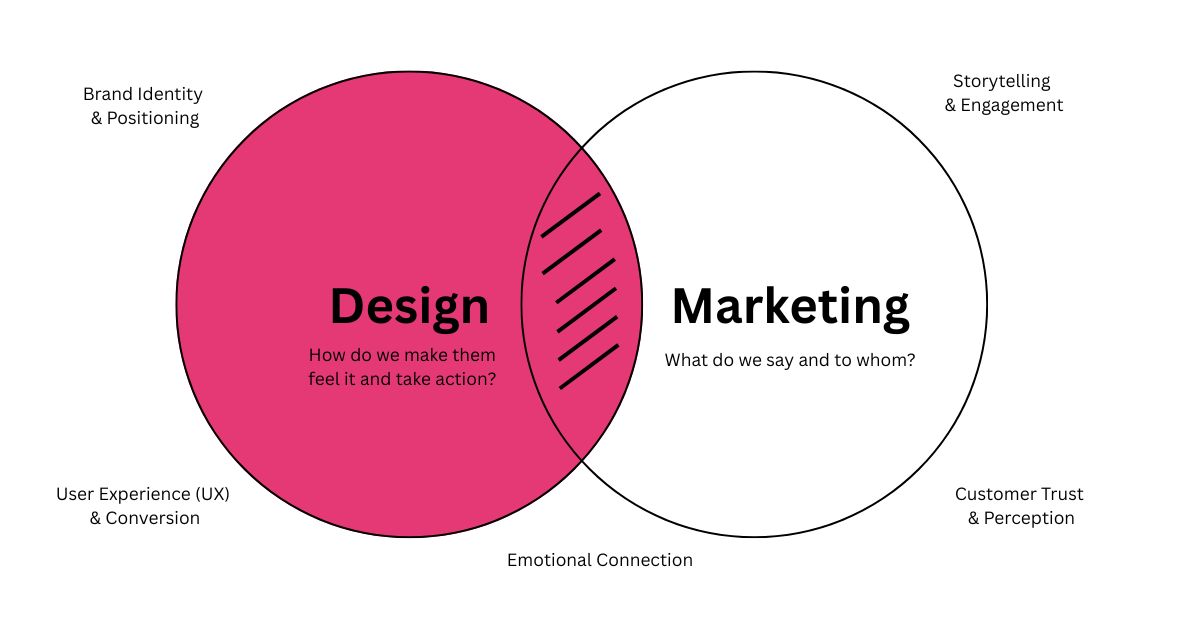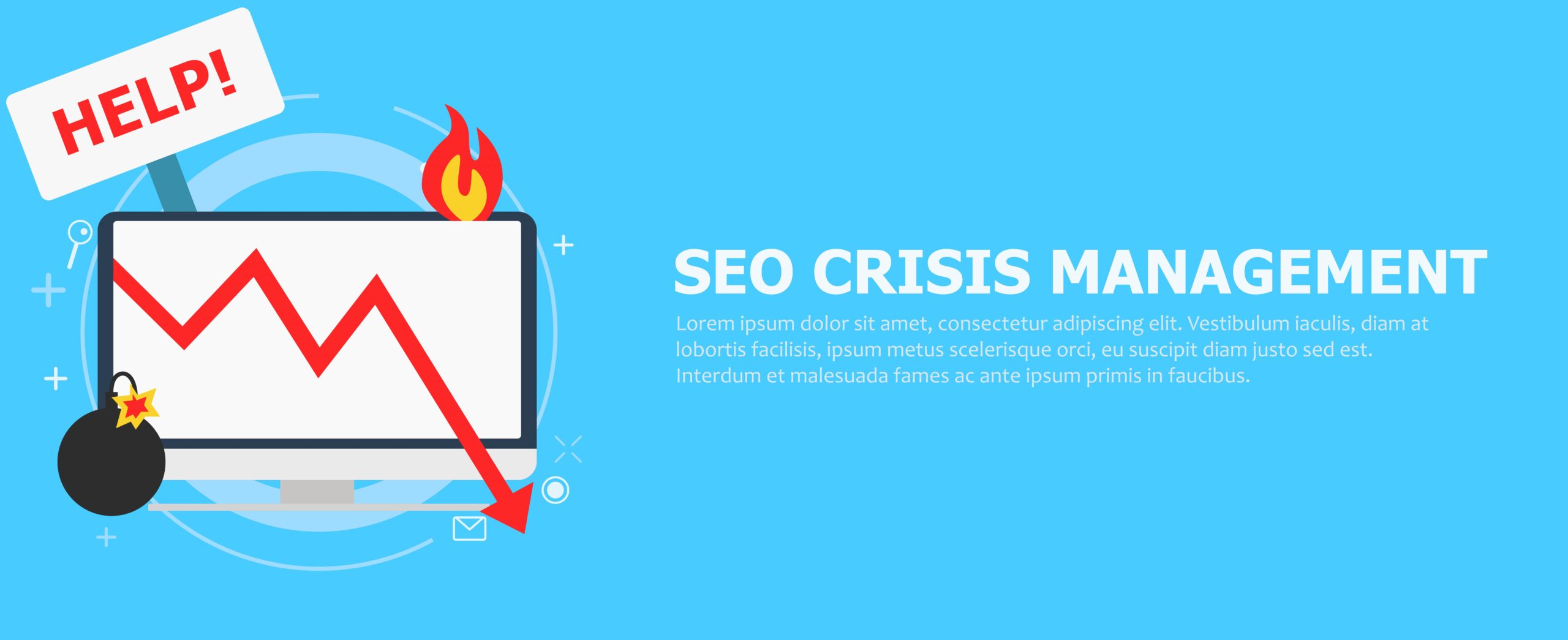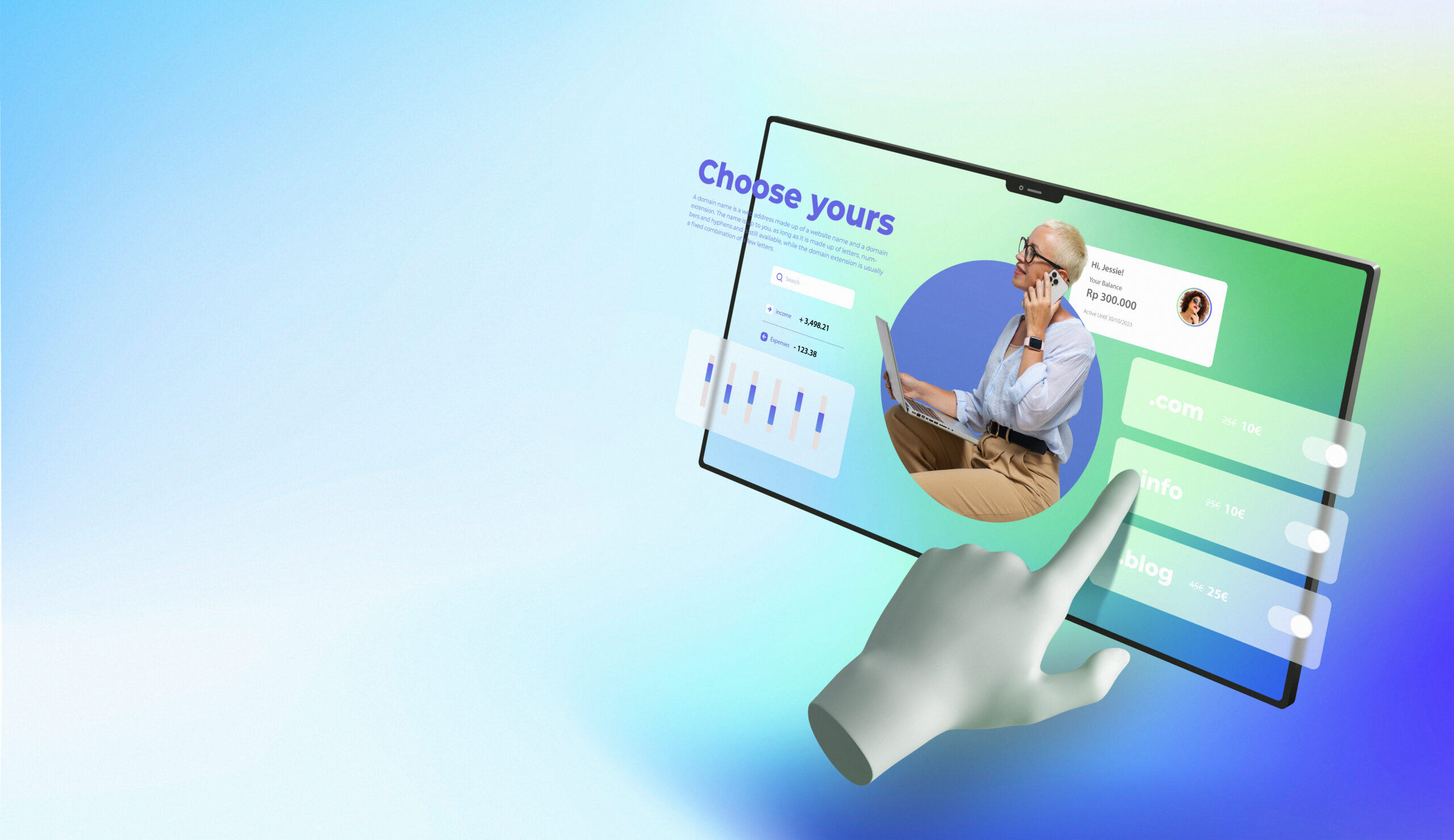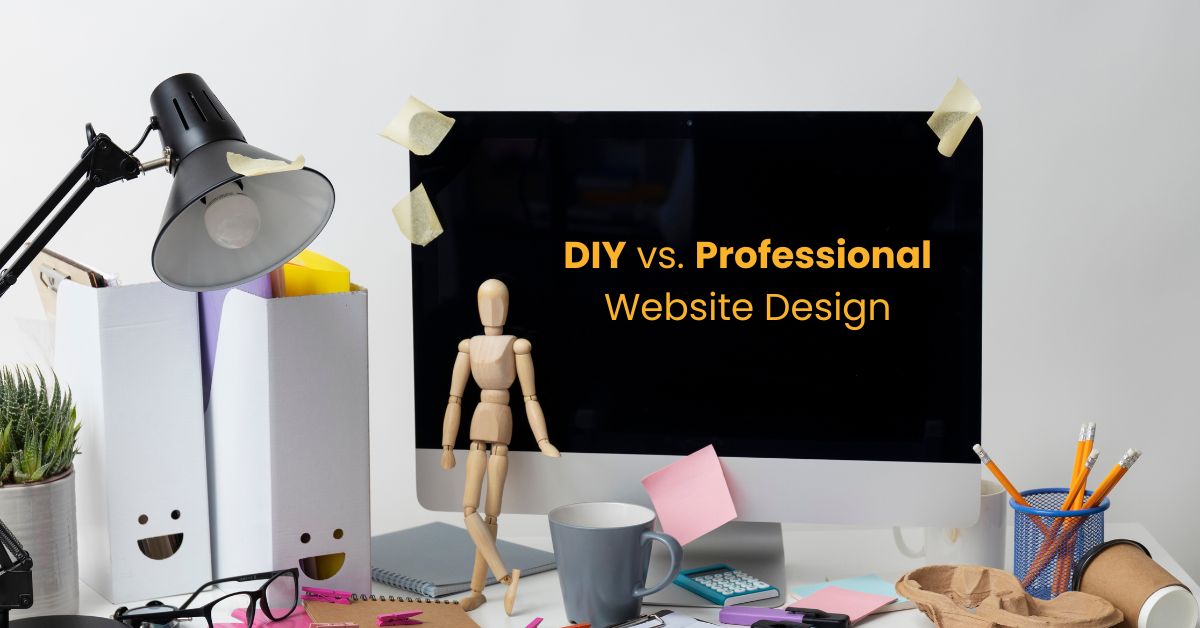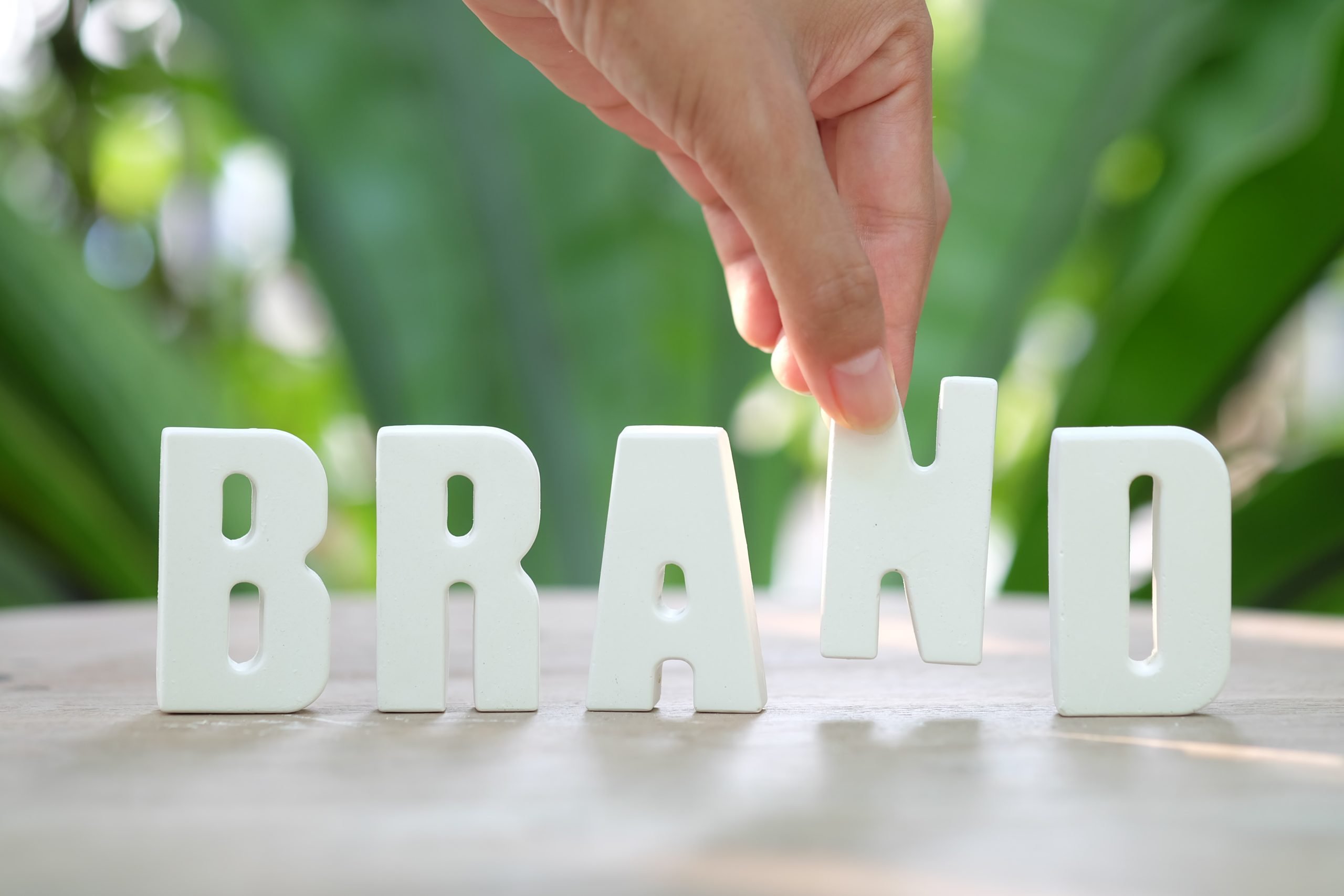The Importance of Design in Marketing Success
In today’s fast-moving digital world, every business is fighting for attention. You might have a brilliant product, a competitive price, and even a compelling message, but none of it matters if your audience doesn’t stop to notice you. Marketing is no longer just about what you say; it’s about how you present it. And the way you present your brand is heavily influenced by design. This is why design in marketing is not just an added layer of polish—it is one of the strongest foundations of business success.
When many small business owners hear the word “design,” they often think of logos or fancy visuals. But in reality, design goes much deeper than that. It is about trust, clarity, emotion, and action. Design is what makes a person stay on your website instead of bouncing back to Google, what makes them click on your ad instead of scrolling past, and what makes them recognize your brand even without your logo being present. In other words, design and marketing together determine whether your business gets remembered or ignored.
Why Graphic Design Matters in Marketing
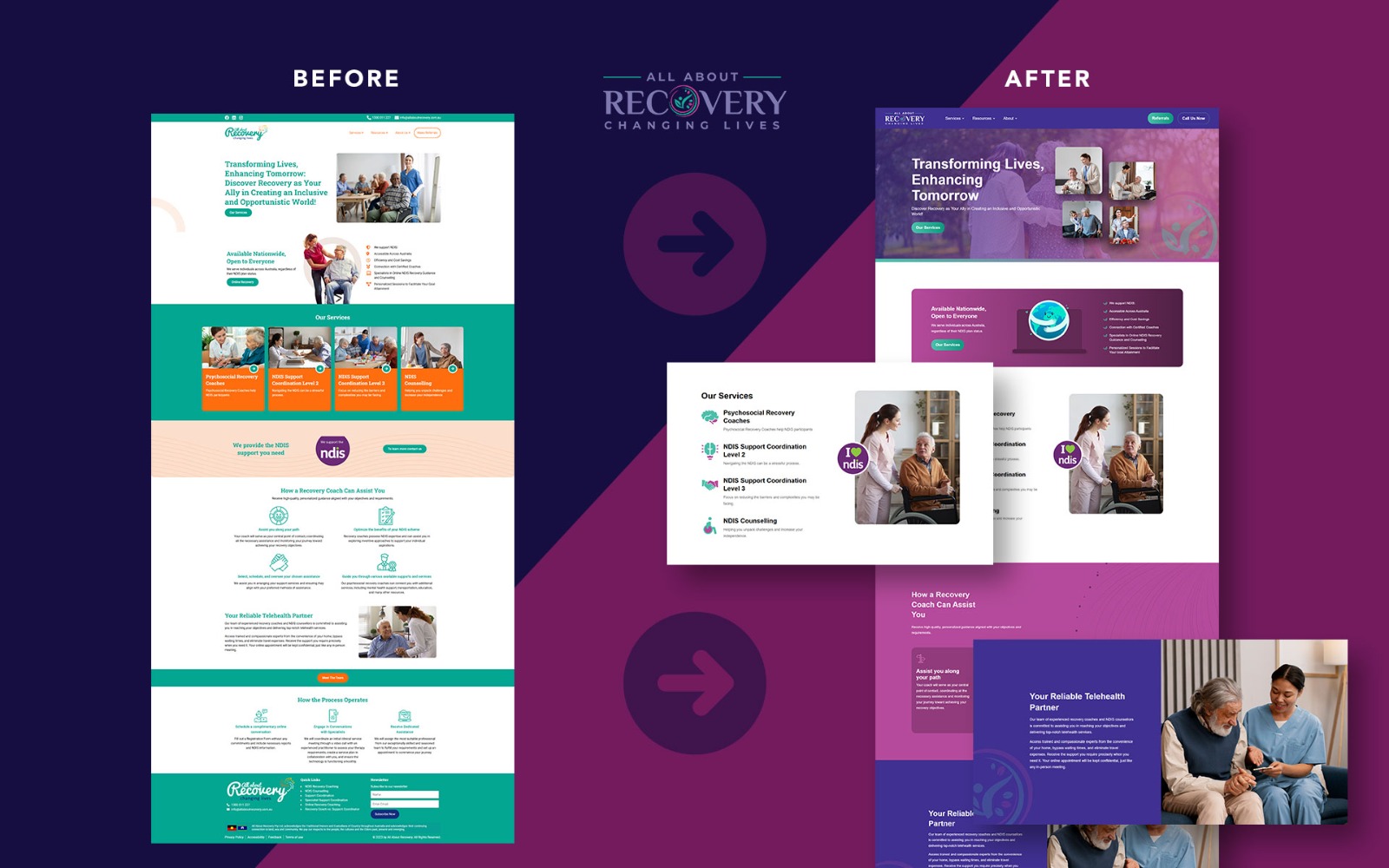
Think of a time you visited a website that looked outdated or poorly put together. No matter how good the product was, you probably felt unsure about trusting the company. Now compare that with a modern, clean, well-designed site. Instantly, you feel reassured—“this business is professional, reliable, and worth my time.” That emotional reaction isn’t accidental. It’s the power of design.
Research backs this up. Studies show that people form an opinion about a business website in less than one second. In that split moment, your brand either earns trust or loses it. Similarly, consistent visual branding across platforms has been proven to increase revenue by more than 20%. These aren’t small numbers—they’re direct reminders of the importance of design in shaping customer decisions.
The role of design in marketing goes beyond appearances. It builds familiarity, creates recognition, and gives customers a reason to remember you. Without it, even the most expensive marketing campaign will struggle to make an impact.
The Challenges Businesses Face Without Design
Business owners often face common hurdles in their marketing efforts, and many of them can be traced back to weak or inconsistent design. For instance, a crowded marketplace makes it hard to stand out. If your social media post looks like every other competitor’s, why should anyone pause to notice you?
Another challenge is credibility. When a business has a blurry logo, mismatched colors, or low-quality visuals, customers subconsciously start doubting whether the service is trustworthy.
There’s also the issue of communication. Many industries—especially technical or service-based businesses—struggle to explain their products clearly. Customers don’t have the patience to read long paragraphs, so if the information isn’t presented visually through icons, infographics, or simple layouts, they move on.
Lastly, many businesses run into problems with conversions. They spend money on ads that generate clicks, but if the landing page looks confusing or unattractive, visitors simply don’t take the next step.
These real-world problems don’t stem from poor products. They stem from poor design. And that is exactly where design in marketing provides the solution.
How Graphic Design Transforms Marketing Efforts
First Impressions That Build Instant Trust
One of the strongest roles design plays is in creating a professional first impression. Marketing is about catching attention fast, and design helps you do that in seconds. Your website, your business card, even the banner on your LinkedIn profile—all of these touchpoints communicate silently on your behalf. A polished, consistent design tells people, “This business is established and reliable.” Without saying a word, you’re already building trust.
Driving Recognition Through Consistent Branding
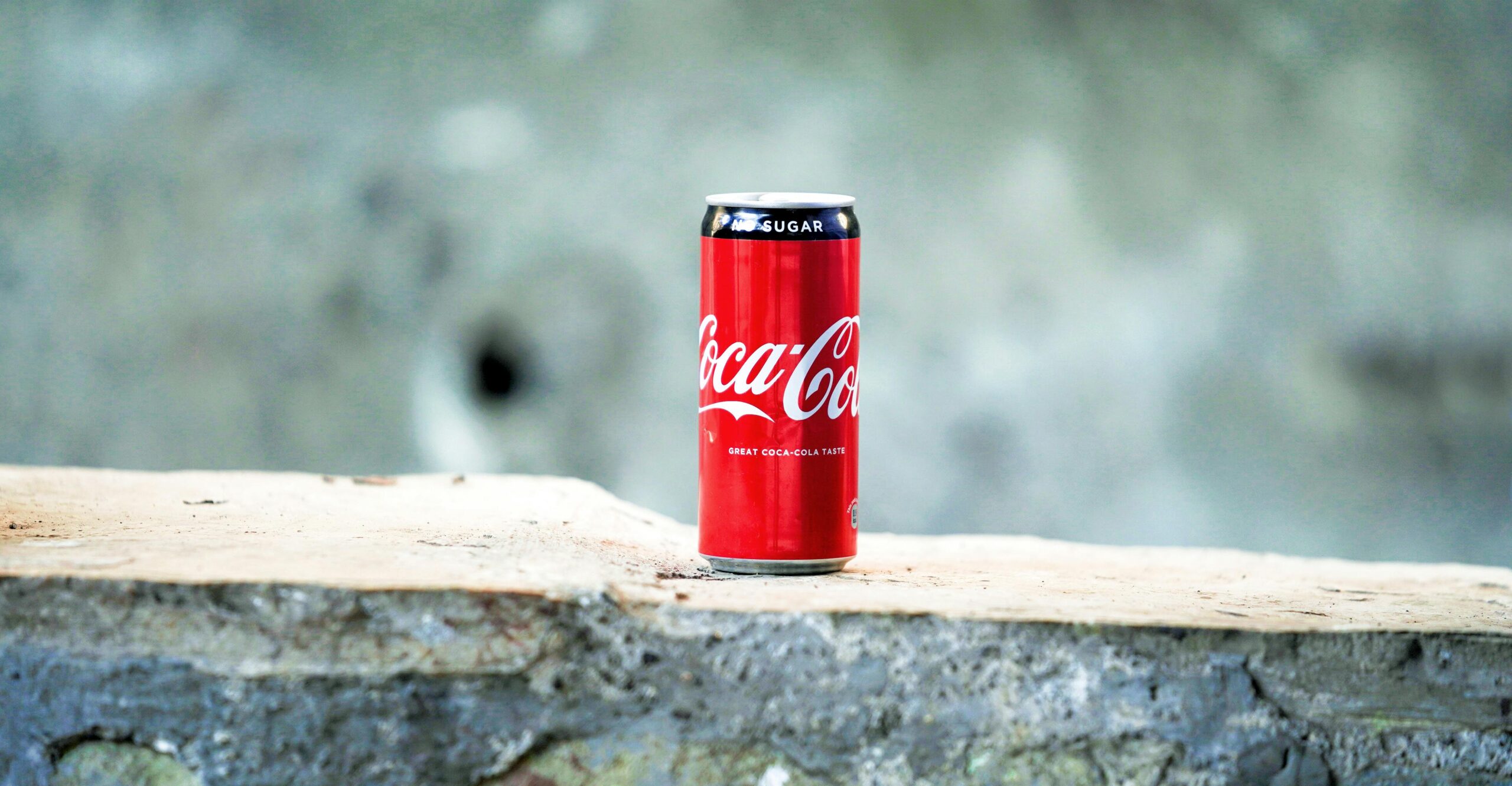
Beyond first impressions, design also drives brand recognition. Think about brands like Coca-Cola or McDonald’s. Even if you see their ads without a logo, the colors and styles instantly tell you who they are. That’s the power of design and branding. When people recognize you instantly, they are more likely to choose you over a competitor.
For smaller businesses, this recognition can be built with something as simple as using the same fonts, colors, and image styles across all platforms.
Simplifying Complex Messages with Visuals
Another area where design proves invaluable is in simplifying complex ideas. Not every product or service is easy to explain, and customers don’t have time to read essays. A well-placed infographic, a clean icon, or a chart can make complicated information digestible in seconds.
Take technology companies for example—many of them rely on simple, visually appealing graphics to explain what would otherwise be overwhelming technical details. This ability to explain through visuals is what keeps customers engaged.
Design as a Conversion Booster
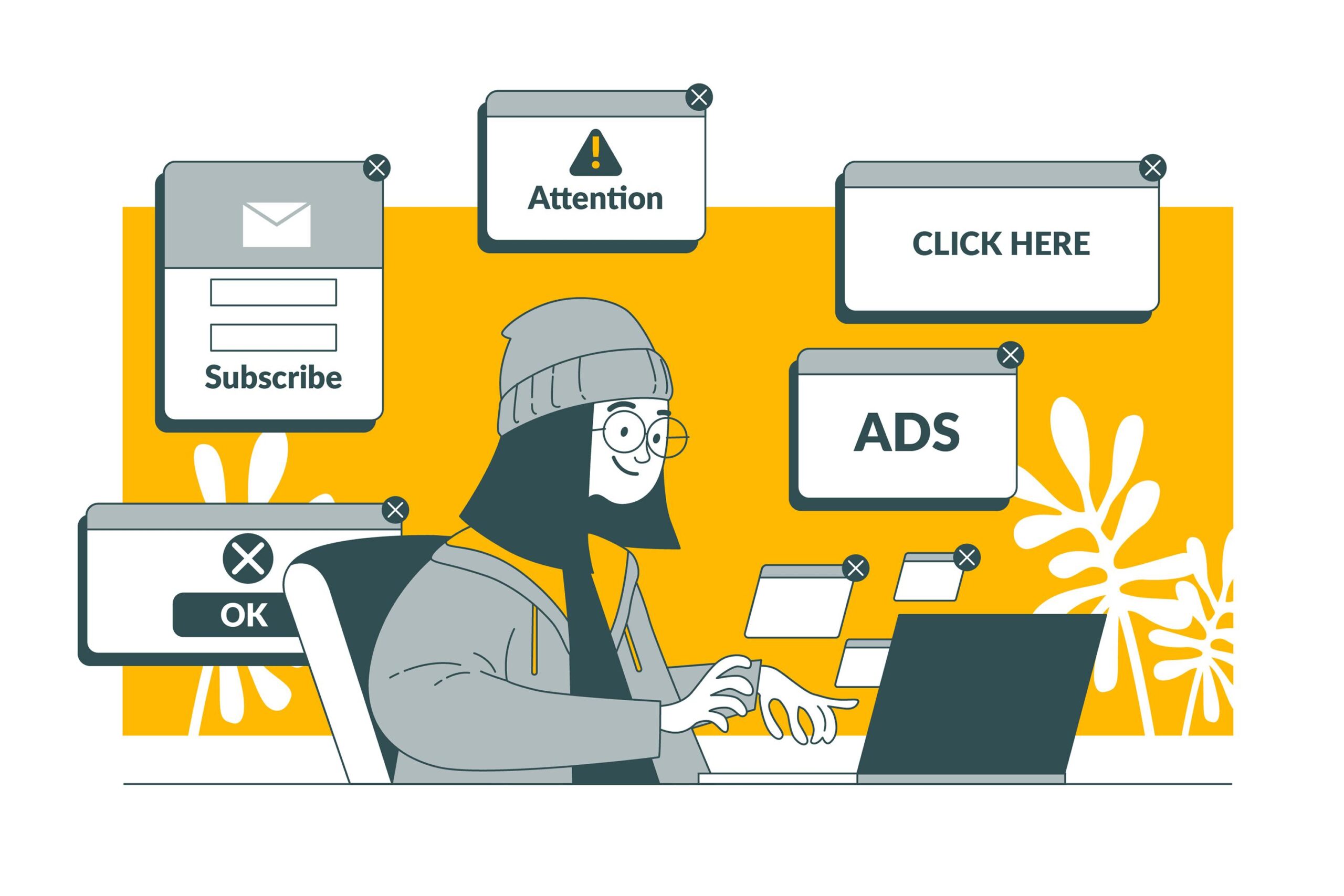
Perhaps the most tangible impact of design in marketing is on conversion rates. A good design does more than just draw attention; it also encourages people to take action. Every color, layout, and button placement is a subtle nudge towards a goal, whether it’s making a purchase, signing up for a newsletter, or booking an appointment.
A cluttered page with too much text confuses people, but a clean layout with clear call-to-action buttons makes the decision easy. Businesses that redesign their landing pages with proper visual hierarchy often see their conversion rates double, sometimes even triple.
Standing Out in the Social Media Scroll-War

Social media is another space where design makes or breaks marketing efforts. Platforms like Instagram, Facebook, and LinkedIn are visual playgrounds where your post competes against updates from friends, memes, and ads from global brands.
In such an environment, only scroll-stopping visuals win attention. A poor-quality image or inconsistent design is instantly skipped. On the other hand, professional, branded graphics can spark likes, comments, and shares, expanding your organic reach without paying extra for ads.
Design That Connects Emotionally
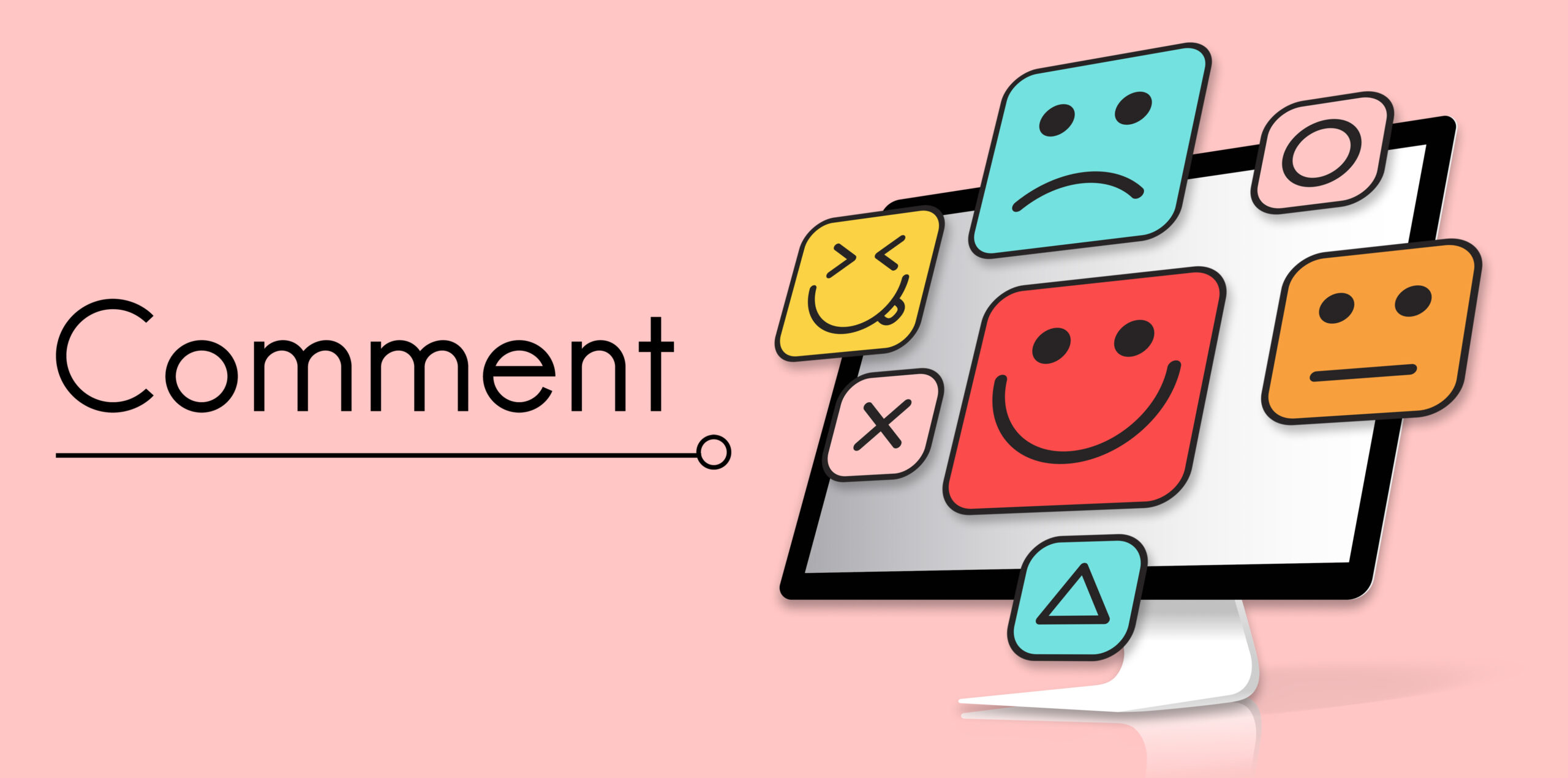
Finally, design goes beyond logic to tap into something deeper: emotions. People don’t just buy based on features—they buy based on how they feel. Design has the power to create these emotions through colors, imagery, and typography.
A children’s toy company might use bright colors and playful fonts to inspire joy, while a financial services firm may rely on calming blues and conservative layouts to signal trust. By aligning design with the emotion you want customers to feel, you’re not just selling a product—you’re building a relationship.
Real-World Example of Design in Action
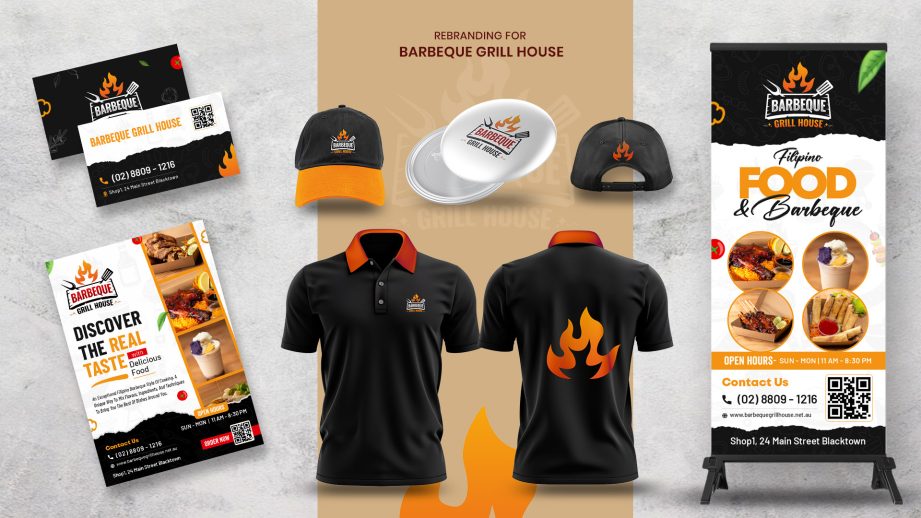
To see how design transforms marketing in practice, let’s look at a local Sydney restaurant we, Bixel design worked with—Barbeque Grill House. Despite serving great food and earning strong word-of-mouth, they struggled with online visibility and customer conversions. Their brand identity lacked consistency, and their marketing and print designs didn’t reflect the quality of their dining experience.
We helped them develop a cohesive brand and visual identity—from logo and color palette to menus, marketing materials, and social media. Within a few months, they stood out in a crowded market, gained stronger engagement, and saw a clear rise in customer conversions and repeat visits.
Below is the Brand Refresh mockup to give you a glimpse.
Making Graphic Design Work for Your Business
If you’re wondering how to start leveraging design in your marketing, the first step is to audit what you already have. Look at your website, your ads, your brochures, and your social feeds. Do they look consistent? Do they reflect your brand’s personality? If not, it’s time to upgrade.
If you’re still wondering how to get started with a brand audit and have absolutely no idea where to begin, don’t worry—we’ve got you covered. At Bixel Design, we offer a complimentary Brand Design Audit Report to help you understand how your current brand is performing and where it can improve. Click here to claim your free audit report.
Conclusion: Design as a Business Multiplier
At the end of the day, the importance of design in marketing comes down to one truth: design is not a cost, it’s an investment. When done right, it multiplies the impact of your marketing. It builds trust before you even speak, creates recognition that keeps you top of mind, simplifies your message so it’s understood, and guides customers toward action. Most importantly, it creates an emotional connection that turns first-time buyers into loyal advocates.
In a marketplace flooded with choices, businesses that embrace strong, consistent, and strategic design don’t just get noticed—they get remembered, respected, and chosen. And that is the ultimate goal of marketing.
